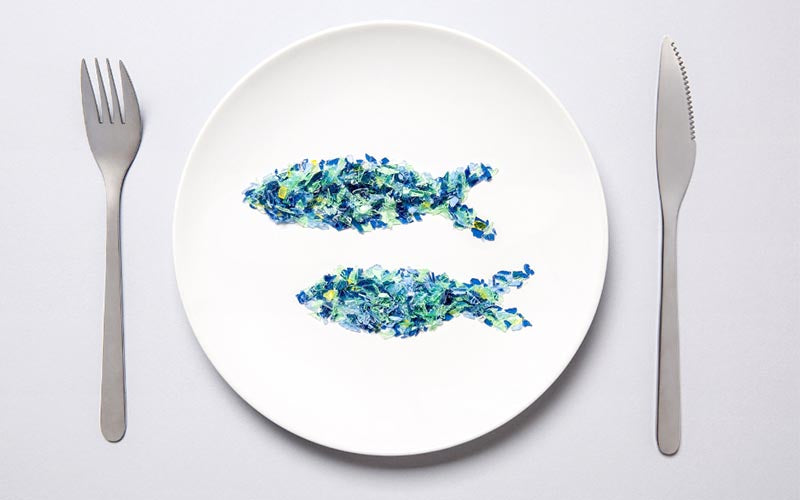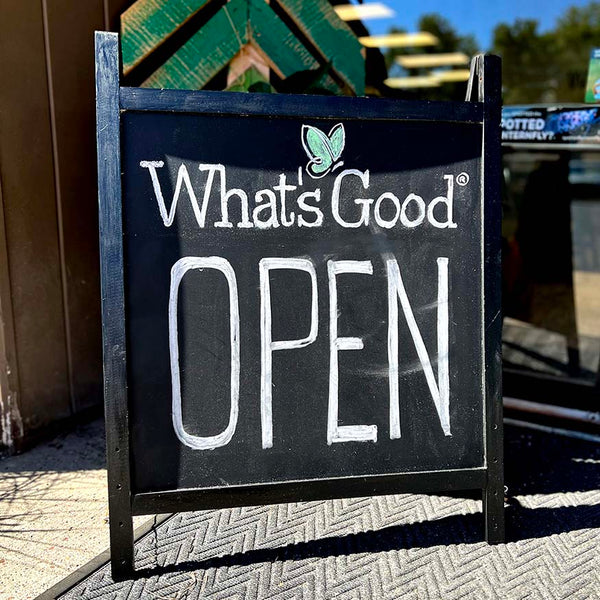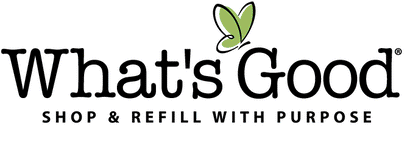FREE 🇺🇸 GROUND SHIPPING Orders 75+
FREE 🇺🇸 GROUND SHIPPING Orders 75+
Add description, images, menus and links to your mega menu
A column with no settings can be used as a spacer
Link to your collections, sales and even external links
Add up to five columns
Add description, images, menus and links to your mega menu
A column with no settings can be used as a spacer
Link to your collections, sales and even external links
Add up to five columns
Microplastics 101
July 19, 2021

By Stephanie Bowen
With Plastic Free July our non-profit partner of the month, it’s a good time to talk microplastics! You know the buzz word that’s hard to avoid… just like plastic. And microplastics. But I’m here to help break it down, expand your knowledge, and your power to make informed decisions for your health and the planet’s.
Let’s start with a definition. Microplastics are simply very, very small pieces of plastic, less than five millimeters long, to be exact. According to a recent article in Nature, a UK-based marine ecologist coined the term microplastics in 2004 when he and his team found them all over beaches, degraded from plastic litter – water bottles, straws, sandwich bags, etc. As outlined in this really handy overview from National Geographic, they’re also manufactured and used in cosmetics, hygiene products and other heavily marketed items. Those are often what we call microbeads, which you may have come across in your toothpaste or skin care products, promising to erase coffee (or wine!) stains from your teeth and exfoliate dead skin cells. As a woman over 50, I will accept all the help I can get to keep my pearly whites white and my face aglow, but I say a big no thank you to microbeads and other microplastics.
So, what’s the problem with tiny bits of plastic that you can hardly see? The reality is there is still a lot we don’t know, but what we do know is alarming. The bulk of the research is related to oceans, rivers and marine life. What it shows is that microplastics have permeated our waterways and the plants and animals that call them home. Humans also create microplastics just by using plastic products. That same Nature article relates the horror of an environmental engineer when he discovered that heating up food – or even baby formula – in a plastic container can release millions of microplastics. Microplastics also make their way into the air, then travel far and wide. It’s safe to say they are everywhere.
According to the Science Learning Hub — a New Zealand based group that connects scientists with teachers, students and other curious minds — microplastics, when ingested by salt and freshwater fish, have been shown to hinder the absorption of nutrients and reduce reproduction and growth. We aren’t sure how this translates to humans, but do you really want plastic, which is made from chemicals stemming from oil, natural gas or coal, — and can take hundreds or even thousands of years to disintegrate — in your body? I don’t.
According to the report “Plastic and Health: the Hidden Costs of a Plastic Planet,” microplastics entering the human body directly, through ingestion or inhalation, can lead to a number of carcinogenic, developmental, or endocrine disrupting health impacts. Not to mention inflammation, genotoxicity, oxidative stress, apoptosis, and necrosis, which are linked to an array of negative health outcomes including cancer, cardiovascular diseases, inflammatory bowel disease, diabetes, rheumatoid arthritis, chronic inflammation, auto-immune conditions, neuro-degenerative diseases, and stroke, oh my!
Thankfully, there are a lot of alternatives, many of which you can find right here at What’s Good. A quick search of “plastic-free” turns up oodles of alternatives for dish scrubbers, shopping bags, shampoo, cling wrap and detergent – all of which widely use or are packaged in plastic. My personal favorites are the biodegradable dog poop bags, these compostable sandwich and food storage bags, and the stainless steel nesting bowls with silicone lids. And since we started out talking about pearly whites and glowing skin, check out this soft bristle body brush that will take on those dead facial skin cells without harsh microbeads and this toothpaste that leaves nothing unwanted behind.
So, who’s with me in trying to live without plastic? As the founder of What’s Good confessed in her recent blog, we all mess up, but better to mess up while trying then not try at all. Afterall, to spin off the well-known quote by Zero Waste Chef Anne-Marie Bonneau, we don’t need a handful of people never using any plastic ever again, we need millions of people to reduce their plastic use. Together, we can do what’s good for you, for me and for the planet.
About Stephanie Bowen: After two successful careers —one in broadcast journalism, another as a communications and PR pro working in global health, development and rights — Stephanie is harnessing her love of story and strategic communications for positive impact with the consultancy practice, SHARE: Stories that Buzz. She is a contributor, sounding board, friend, and customer of What's Good.

1. Plastic and Human Health: A Lifecycle Approach to Plastic Pollution — Center for International Environmental Law; https://www.ciel.org/plasticandhealth/
Keywords: Microplastics, microbeads, plastic, pollution, oceans, marine life, plastic-free, eco-friendly cosmetics, plastic-free cosmetics, plastic-free food storage
Leave a comment

Good News
If any email is worthy of your inbox, it's this. Our goal is 1–2x per month. You'll get helpful & inspiring eco info, plus subscriber-only discounts.
Welcome to What's Good
Here's your $10 coupon
COPY THIS CODE TO USE IN CHECKOUT
